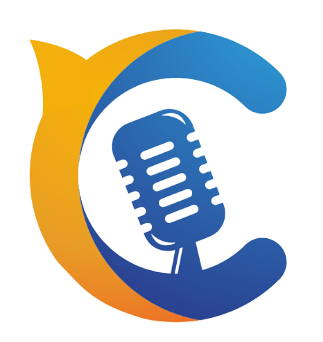Artificial Intelligence / AI / Top Best AI Coding Tools / AI Coding Tools / AI Coding Tools to Boost Development
Table of Contents
Introduction:
In the rapidly evolving field of artificial intelligence, coding tools play a pivotal role in streamlining development processes and unleashing the full potential of AI applications. As we venture into 2023, developers and data scientists have an impressive array of AI coding tools at their disposal, each offering unique capabilities and features. In this blog post, we’ll explore the top 10 AI coding tools that are making waves in the AI community and their significance in shaping the future of AI development.

GPT-3.5: Revolutionizing Natural Language Processing
GPT-3.5, developed by OpenAI, is a groundbreaking language model that exhibits remarkable language understanding capabilities. Its impact on AI coding is profound, as it can assist developers in a myriad of tasks, including code autocompletion, summarization, and even generating code from natural language descriptions. With GPT-3.5, developers can write code more efficiently and express complex ideas in a more human-readable format. GPT-3.5: GPT-3.5 is a state-of-the-art language model developed by OpenAI, designed to understand and generate human-like text.
Its specialty in the field of AI coding lies in its ability to assist developers in various tasks, such as code autocompletion, summarization, translation, and even generating code from natural language descriptions. For instance, developers can use GPT-3.5 to generate Python code based on specific requirements or explain complex code segments in a more human-readable manner. Its remarkable language understanding capabilities make it an invaluable tool for AI coders, as it enhances productivity and reduces development time.
TensorFlow: Powering Versatile AI Models
TensorFlow, an open-source AI coding framework by Google, remains a dominant force in the AI community. Its specialty lies in its versatility, as it supports various machine learning tasks, including deep learning, computer vision, and natural language processing. TensorFlow’s extensive ecosystem and strong community support make it an ideal choice for building sophisticated AI models.
PyTorch: Empowering Research and Experimentation
PyTorch, another prominent AI coding framework, is known for its dynamic computation graph, offering greater flexibility and ease of use compared to static graph frameworks. Its specialty lies in its popularity among researchers and data scientists for rapid prototyping and experimentation. PyTorch’s intuitive syntax and excellent debugging capabilities make it an indispensable tool for exploring novel AI ideas.
Jupyter Notebooks: Enhancing Collaboration and Visualization
Jupyter Notebooks have become a staple for data scientists and AI developers alike. Their interactive computing environment allows for the seamless integration of code, visualizations, and explanatory text. The specialty of Jupyter Notebooks lies in their ability to foster collaboration within the AI community, making it easy to share and replicate experiments, enhancing transparency and knowledge sharing.
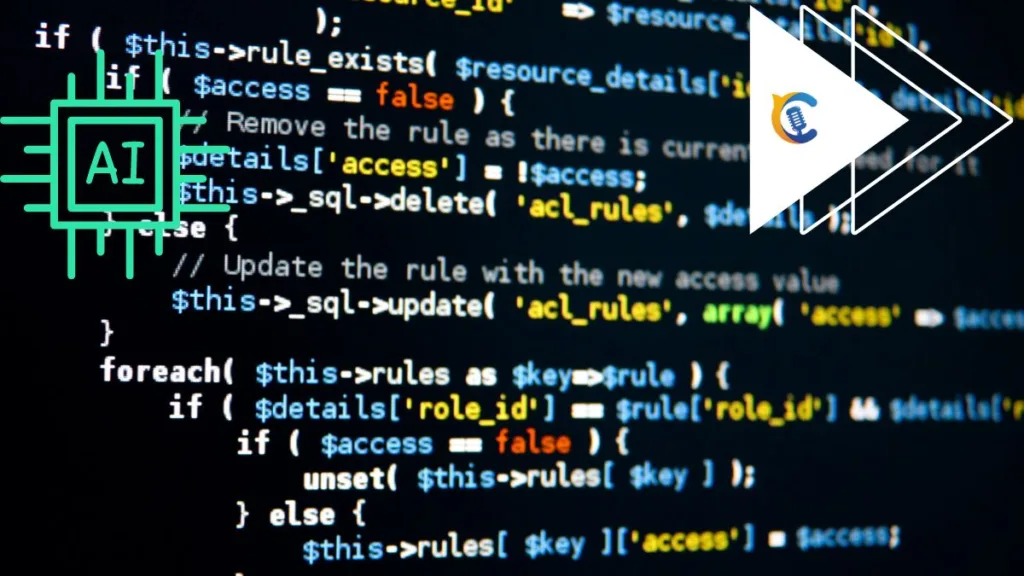
Kite: Boosting Productivity with AI Autocompletion
Kite is an AI-powered autocomplete plugin that integrates seamlessly with popular code editors. Its specialty lies in its real-time code suggestions and completions, which are generated based on context and patterns from vast code repositories. With Kite, developers can significantly speed up coding and reduce errors, resulting in a more efficient and enjoyable coding experience.
Codota: Intelligent Code Recommendations for Developers
Codota is an AI tool that offers context-aware code suggestions by analyzing billions of lines of open-source code. Its specialty is its ability to recommend relevant code snippets, making it easier for developers to find and implement the right solutions. Codota streamlines the coding process, saving developers valuable time and effort in searching for the right code.
TabNine: Accelerating Coding with Smart Autocompletion
TabNine is an AI-powered autocompletion tool that goes beyond simple code suggestions. It uses deep learning models similar to GPT-3 to predict entire lines or blocks of code based on the current context. The specialty of TabNine is its high accuracy and contextually relevant completions, effectively serving as a powerful coding assistant for developers.
DeepCode: Ensuring Code Quality with AI-based Review
DeepCode takes code review to the next level with AI-driven analysis. It helps developers identify bugs, security vulnerabilities, and potential performance issues in their code. The specialty of DeepCode lies in its ability to analyze code using machine learning models trained on vast code repositories. This ensures that developers can produce reliable and secure AI applications.
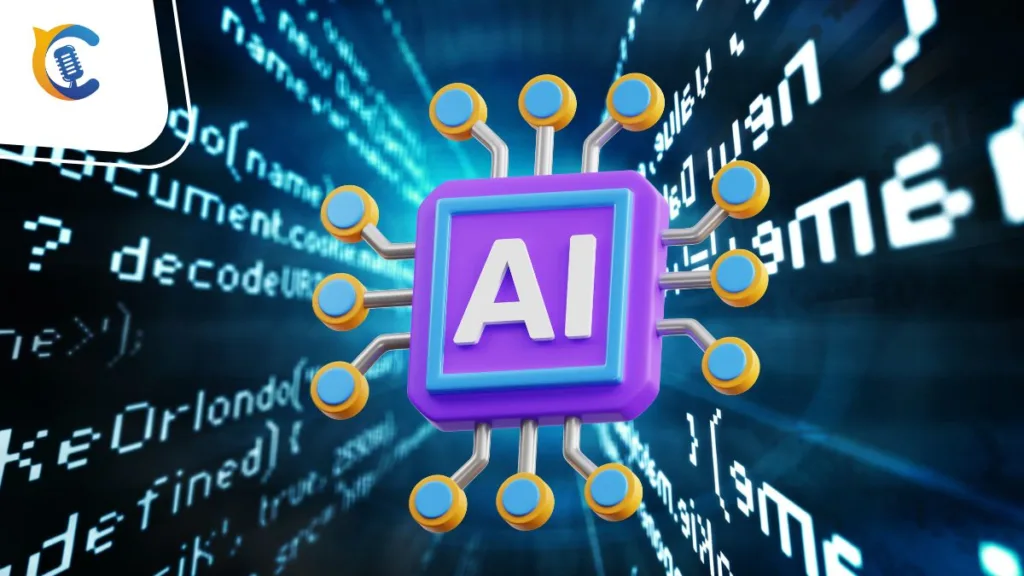
Code Ocean: Collaborative AI Development Platform
Code Ocean is a cloud-based platform that fosters collaboration among AI developers. Its specialty is providing a secure and reproducible environment for running code and experimenting with AI models. Researchers can publish their code and data on Code Ocean, enabling others to validate results and build upon their work, promoting transparency and cooperation in the AI community.
ModelArts: End-to-End AI Development with Ease
ModelArts, provided by Huawei Cloud, is an end-to-end AI development platform. Its specialty lies in streamlining the AI development process by offering a comprehensive suite of tools for data preparation, model training, and deployment. ModelArts empowers developers to quickly set up AI projects, access pre-trained models, and deploy AI applications to production environments efficiently.
H2O.ai:
Simplifying AI Development with AutoML H2O.ai is an AI coding tool that specializes in automated machine learning (AutoML). Its specialty lies in democratizing AI development by automating the process of model selection, hyperparameter tuning, and feature engineering. With H2O.ai, developers can quickly build high-performing AI models without the need for extensive manual intervention. This makes AI development more accessible to a broader range of professionals and accelerates the adoption of AI solutions in various industries.
MLflow:
Managing the Machine Learning Lifecycle MLflow is an open-source platform that addresses the challenges of managing the machine learning lifecycle. Its specialty lies in tracking experiments, packaging code, and deploying models to different environments. MLflow enables developers to collaborate effectively, reproduce experiments, and deploy models at scale. With MLflow, AI teams can ensure reproducibility and traceability throughout the development process, fostering a robust and reliable AI development workflow.
Ray:
Distributed Computing for AI Workloads Ray is an AI coding tool designed to handle distributed computing for AI workloads. Its specialty lies in efficiently scaling AI applications across clusters of machines, making it ideal for large-scale training and inference tasks. Ray’s flexible API and powerful support for parallel and distributed computing allow developers to harness the full potential of their hardware, delivering faster results and reducing time-to-market for AI projects.
AllenNLP:
Natural Language Processing Made Easy AllenNLP is an AI coding tool tailored specifically for natural language processing (NLP) tasks. Its specialty lies in providing pre-built modules and components for tasks such as text classification, named entity recognition, and question-answering. AllenNLP simplifies complex NLP tasks, allowing developers to focus on model design and experimentation rather than implementation details. This tool accelerates the development of NLP-based AI applications, enabling novel use cases and driving innovation in language understanding.
spaCy:
Fast and Efficient NLP Library spaCy is a popular AI coding tool that specializes in fast and efficient natural language processing. Its specialty lies in its optimized performance and minimal memory footprint, making it an ideal choice for processing large-scale text data. With spaCy, developers can perform tasks like tokenization, part-of-speech tagging, and named entity recognition with remarkable speed, enabling real-time and responsive NLP applications.
Ludwig:
Simplified AI Model Building Ludwig is an AI coding tool that focuses on simplifying AI model building. Its specialty lies in its declarative approach, where developers can define model architectures using simple YAML configurations without writing extensive code. Ludwig supports various data types and automates feature extraction, making it easy for non-experts to build and experiment with AI models. This tool democratizes AI development further, enabling a wider range of professionals to contribute to AI projects.
OpenAI Gym:
Reinforcement Learning Playground OpenAI Gym is an AI coding tool designed for reinforcement learning research and experimentation. Its specialty lies in providing a standardized interface for various RL environments, allowing developers to benchmark and compare different algorithms effectively. With OpenAI Gym, researchers can explore cutting-edge RL techniques and push the boundaries of AI in solving complex problems, from playing video games to optimizing control systems.
Detectron2:
Powerful Computer Vision Library Detectron2 is an AI coding tool that excels in computer vision tasks. Its specialty lies in its modular and extensible architecture, which allows developers to create and combine different components for building state-of-the-art computer vision models. Detectron2 simplifies complex computer vision tasks like object detection, instance segmentation, and keypoint estimation, making it an indispensable tool for AI developers in the vision domain.
Optuna: Automated Hyperparameter Optimization
Optuna is an AI coding tool that specializes in automated hyperparameter optimization. Its specialty lies in efficiently searching the hyperparameter space to find the best combination for optimizing model performance. Optuna uses state-of-the-art algorithms, such as Bayesian optimization and TPE (Tree-structured Parzen Estimators), to intelligently explore hyperparameter configurations. With Optuna, developers can save time and resources while obtaining high-performing AI models with optimal hyperparameters.
AugLy: Data Augmentation for Diverse AI Training
AugLy is an AI coding tool focused on data augmentation for AI training. Its specialty lies in providing a wide range of transformations for images, text, and audio data to increase the diversity of training samples. AugLy’s extensive set of augmentation techniques helps improve model generalization and robustness by exposing it to various data scenarios. With AugLy, developers can enhance their AI models’ performance on real-world data and reduce overfitting.
Amazon SageMaker: Simplifying AI Deployment on AWS
Amazon SageMaker is an AI coding tool by Amazon Web Services (AWS) that streamlines the deployment of AI models on the cloud. Its specialty lies in providing a comprehensive platform for building, training, and deploying machine learning models at scale. With SageMaker, developers can easily create end-to-end AI workflows, manage model versions, and deploy models with minimal effort, making it an attractive choice for AI projects hosted on AWS.
Weights & Biases: Tracking AI Experiments with Ease
Weights & Biases (W&B) is an AI coding tool that specializes in experiment tracking and visualization. Its specialty lies in its ability to log and visualize metrics, hyperparameters, and system configurations during AI model training. W&B helps developers gain valuable insights into their experiments, enabling them to make data-driven decisions and iterate faster on model improvements. This tool fosters collaboration within teams, making it easier to share results and knowledge.
ONNX: Interoperable AI Model Exchange
ONNX (Open Neural Network Exchange) is an AI coding tool focused on interoperability in AI model exchange. Its specialty lies in providing a common format for representing deep learning models across various frameworks. With ONNX, developers can train models using one framework and deploy them using another, reducing the barriers of transitioning between different AI frameworks and enabling seamless integration with different production environments.
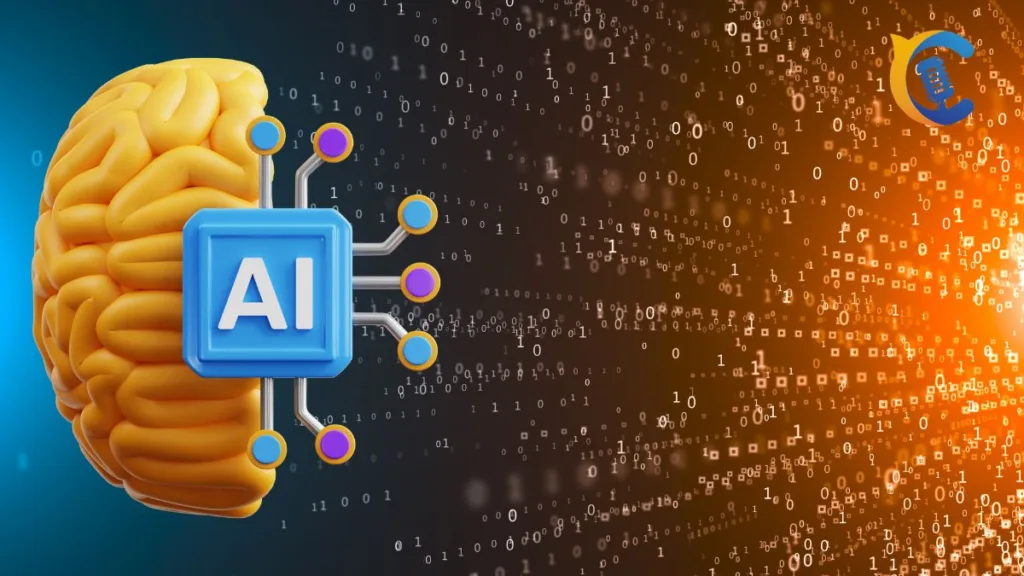
FastAPI: High-Performance Web Framework for AI APIs
FastAPI is an AI coding tool that excels in building high-performance web APIs for AI applications. Its specialty lies in its ability to handle high-concurrency requests efficiently, making it well-suited for AI models with real-time inference requirements. With FastAPI, developers can effortlessly create scalable and responsive AI-powered web applications, bridging the gap between AI development and end-user experiences.
Plotly: Interactive Visualizations for AI Results
Plotly is an AI coding tool specializing in interactive visualizations for AI results. Its specialty lies in its rich collection of visualization types and customization options. Plotly enables developers to create compelling visualizations for AI model outputs, training curves, and data distributions, making it easier to communicate complex insights and results effectively. These interactive visualizations are instrumental in driving data-driven decision-making and understanding AI model behavior.
Conclusion:
As we delve further into 2023, the landscape of AI coding tools continues to expand and evolve, addressing diverse challenges in the development, deployment, and visualization of AI applications. These 25 best AI coding tools are the driving force behind the ongoing AI revolution, empowering developers and researchers worldwide to push the boundaries of what AI can achieve. From efficient model building and experimentation to automated hyperparameter tuning and deployment, these tools have made AI development more accessible, efficient, and collaborative than ever before.
As we look to the future, we can expect these AI coding tools to continue advancing, paving the way for more sophisticated AI applications, democratizing AI development, and driving innovations in various industries. Whether you are a seasoned AI expert or just beginning your AI journey, exploring and leveraging these cutting-edge tools can be the key to unlocking the full potential of artificial intelligence in solving real-world challenges and shaping a brighter future. Embrace the power of AI coding tools and embark on an exciting journey of AI innovation and discovery in 2023 and beyond.
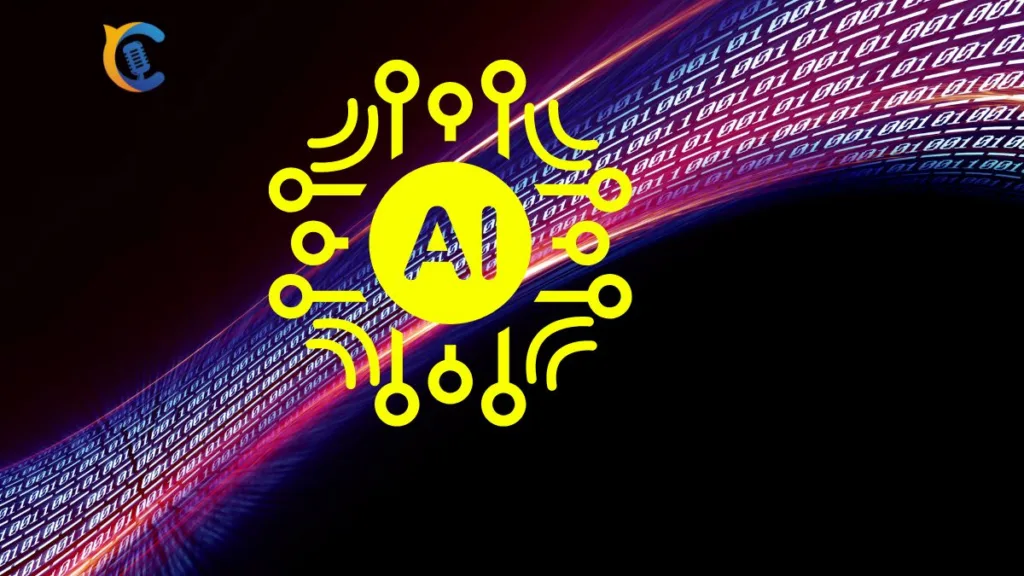
Top AI coding tools revolutionize development processes,
- GPT-3.5: Cutting-edge language model for versatile AI coding applications.
- TensorFlow: Widely-used AI coding framework with robust community support.
- PyTorch: Flexible deep learning tool favored by researchers and developers.
- Jupyter Notebooks: Interactive environment for experimenting with AI code.
- Kite: AI-powered autocomplete for faster coding and reduced errors.
- Codota: AI tool for generating code suggestions in real time.
- TabNine: Smart autocompletion using GPT-like models for various languages.
- DeepCode: AI-based code review for detecting bugs and vulnerabilities.
- Code Ocean: Platform for AI collaboration and sharing reproducible code.
- ModelArts: End-to-end AI development platform for seamless coding experience.
Impact: These AI coding tools revolutionize development processes, improve efficiency, and empower developers to build sophisticated AI applications in 2023 easily.
Read More: Artificial Intelligence / AI / Top Best AI Coding Tools / AI Coding Tools / AI Coding Tools to Boost Development































